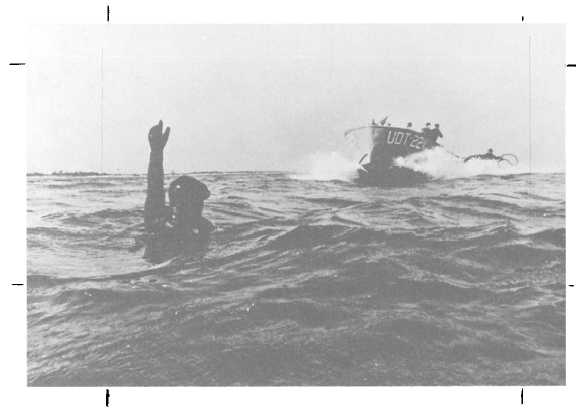Figure 8-9.—Cropping marks on a photograph.
PROPRIETY.—
Beauty
pageant
swimsuit
competitions, a sailor in an embarrassing pose and ethnic
misrepresentations are but a few of the many propriety
violations you might face when cropping a photograph.
Although a photo editor should catch such violations
during the process of photograph selection, you also
must check for violations in the cropping phase.
POLICY.— Policy considerations are described,
but are not limited to, the provisions of PA Regs. The
DoD and DON have release authority over certain types
of information. Information on weapons systems,
controversial national and international subjects and
certain Navy contracts will have to be approved for
release.
In overseas locations, local policies come into play.
Photographs of antigovernment protests in your host
country, for example, normally are not taken in the first
place. If you allow the photograph to be published in
your newspaper, no matter how good your cropping job,
you may enrage officials of the host country and your
superiors. Policy considerations also include uniform
violations, unsafe acts and promotional activities
favoring one organization over another.
Distractions
Distractions come in the form of anything that takes
the eye away from the center of interest and action
taking place. It could be a spectator in the stands at a
baseball game or a student looking away from the
teacher in a class. It could be anything that detracts from
the purpose of the photograph. You must eliminate
portions of a photograph that do not contribute to good
composition.
When cropping photographs, narrow the cropped
area to the center of interest as much as possible. The
rule of thumb is to crop ruthlessly and enlarge
generously.
Try to limit the number of people in the photograph
to three, or only those necessary to tell the story. When
cropping people, do not crop them at the neck waist,
knees or other joints.
Dead Space
To avoid unnecessary dead space in the photograph,
you should keep the center of interest contained.
However, in cropping out dead space, leave enough
space to accommodate the action of the center of
interest. For example, if a car is traveling to the left of
the photograph, leave room on the left for the vehicle to
travel. Do not cut it off at the front bumper. The car
needs dead space in which to travel.
If the subject or center of interest in a photograph is
looking to the right, you must allow enough dead space
for him to look into. Be careful not to allow too much
dead space in a photograph. Too much background may
make the center of interest get lost or not standout.
The cropping marks are made at or near the corners
of the photograph, as shown in figure 8-9. A china
8-11


